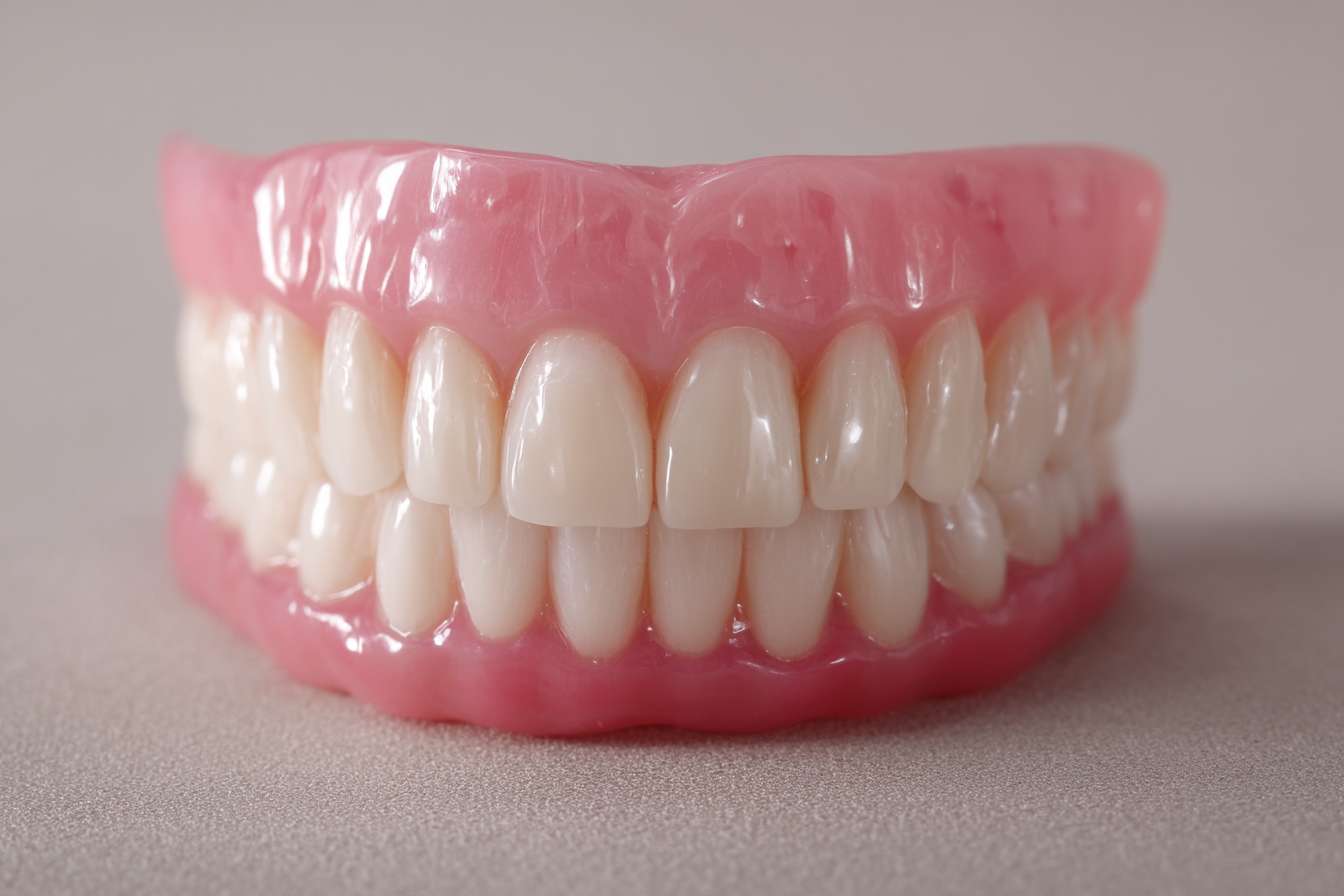Ultimate Guide to Dental Implants & Tooth Replacement
Discover how dental implants can restore missing teeth with a natural look and lasting function. This comprehensive guide explains who qualifies for implants, the step-by-step treatment process, common options including All-on-4, typical cost ranges, and long-term care tips to help you decide if implants are right for you. Learn about candidacy, procedures, financing, and maintenance so you can plan confidently.

Ultimate Guide to Dental Implants & Tooth Replacement
Who is a good candidate for dental implants?
Dental implants can be an excellent solution for many people, but success depends on oral and overall health. Ideal candidates typically have healthy gum tissue without active periodontal disease and enough jawbone to anchor an implant. Your dentist or oral surgeon will also review systemic health, medications, and lifestyle factors that affect healing.
Key factors clinicians evaluate include:
- Healthy gums and no untreated periodontal infection
- Sufficient bone volume and density in the jaw to support an implant
- Smoking status, since tobacco can delay healing and raise the risk of implant problems
- Medical conditions and medications that influence bone repair (for example uncontrolled diabetes or certain immune-modulating drugs)
- Commitment to daily oral hygiene and regular professional checkups
Even when bone is limited, many patients qualify after preliminary procedures such as bone grafting or sinus lifts. A complete clinical exam, X-rays and 3D imaging will determine individual suitability and whether preparatory treatments are necessary.
The typical implant process: step by step
Getting an implant is a staged process that may take several months, depending on whether extractions or grafts are needed and how quickly your bone integrates with the implant.
- Initial consultation and planning: Diagnostic imaging (X-rays or CBCT), medical history review and treatment planning create a personalized approach.
- Tooth extraction (if required): A damaged or non-restorable tooth may be removed before placing an implant.
- Bone grafting or sinus lift (if needed): When jawbone is inadequate, grafts restore volume to provide a stable foundation.
- Implant placement surgery: A titanium or zirconia post is surgically inserted into the jawbone to act as an artificial root.
- Healing and osseointegration: Over several months the implant fuses with the bone, forming a strong, permanent base.
- Abutment connection: A small connector piece (the abutment) is attached to the implant to support the final restoration.
- Prosthetic attachment: A custom crown, bridge, or denture is secured to the abutment to restore appearance and function.
Some practices offer immediate-load solutions, where a provisional crown is placed shortly after implant insertion. Whether that’s appropriate depends on bone quality, primary stability of the implant, and clinical judgment.
Implant types and when they’re used
Implant dentistry is versatile and can replace a single tooth, multiple teeth, or an entire dental arch. Common configurations include:
- Single-tooth implants: Replace one missing tooth with an implant and crown, preserving neighboring natural teeth.
- Multiple-tooth implants: Two or more implants can support a bridge, avoiding alteration of adjacent teeth.
- Full-arch restorations: Several implants spaced across an arch support a complete denture or fixed prosthesis.
- All-on-4: A streamlined approach using four strategically placed implants to support a full-arch prosthesis, often reducing treatment time and cost for fully edentulous patients.
Material choices (titanium vs. zirconia) and prosthetic designs will be selected to match esthetic goals, bite mechanics, and budget considerations.
Costs and financing considerations
Costs vary widely by region, case complexity, materials, and whether preparatory treatments are required. Below is a general pricing guide to help you plan:
| Procedure Type | Average Cost Range | Additional Considerations |
|---|---|---|
| Single Tooth Implant | $3,000–$4,500 | Typically includes implant, abutment, and crown |
| Multiple Tooth Implants | $6,000–$10,000 | Cost varies by number of implants and prosthetic design |
| Full Mouth Implants | $20,000–$45,000 | Complete upper and lower replacement; depends on materials and lab fees |
| All-on-4 Implants | $15,000–$28,000 | Per arch; may reduce number of implants and treatment time |
Prices, rates, or cost estimates mentioned in this article are based on the latest available information but may change over time. Independent research is advised before making financial decisions.
Many dental practices provide payment plans or work with third-party finance companies to spread costs. Insurance coverage for implants varies—some plans cover part of the restorative work but not always the implant itself. Always request an itemized estimate, ask about warranties, and compare financing options before committing to treatment.
Caring for implants long term
Once placed and restored, implants require maintenance much like natural teeth. Daily cleaning and periodic professional care are essential to preserve the implant and surrounding tissues.
Practical care tips:
- Brush at least twice a day and floss around implants to minimize plaque buildup.
- Use interdental brushes, floss designed for implants, or a water flosser to clean hard-to-reach areas.
- Keep regular dental examinations and professional cleanings to monitor tissue health and prosthetic integrity.
- Avoid using your teeth to open packages or biting excessively hard objects that could fracture a crown or prosthesis.
- Quit smoking to support long-term health of the implant and surrounding gum tissue.
With consistent home care and routine dental oversight, many implants endure for decades and can provide a long-term or even lifetime solution, preserving chewing function and supporting jawbone health better than removable alternatives.
Making a well-informed choice
Dental implants offer a durable, natural-looking solution for missing teeth, but they require careful planning and commitment to oral health. If you’re considering implants, schedule a consultation with a dentist or oral surgeon trained in implant dentistry to review imaging, discuss options, and receive a tailored treatment and cost estimate.
This article is for informational purposes only and should not be considered medical advice. Please consult a qualified healthcare professional for personalized guidance and treatment.






